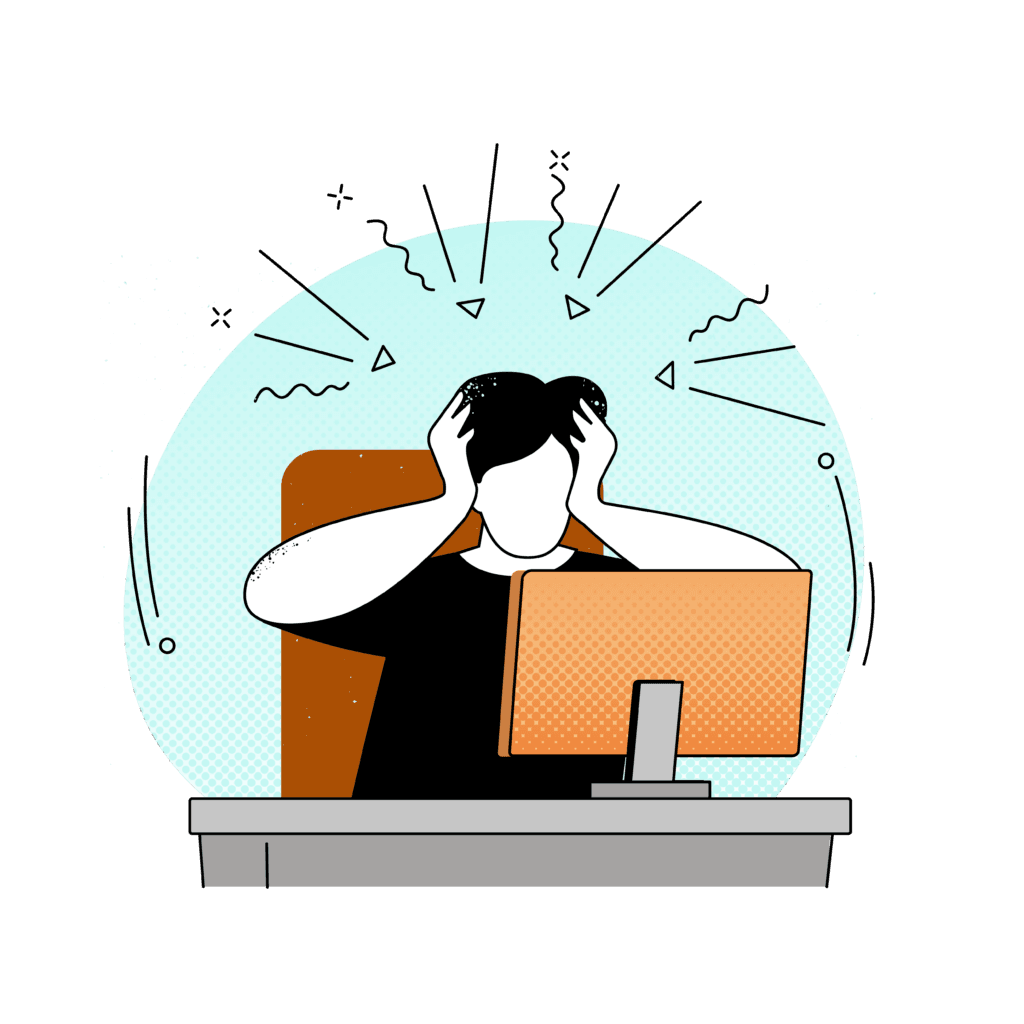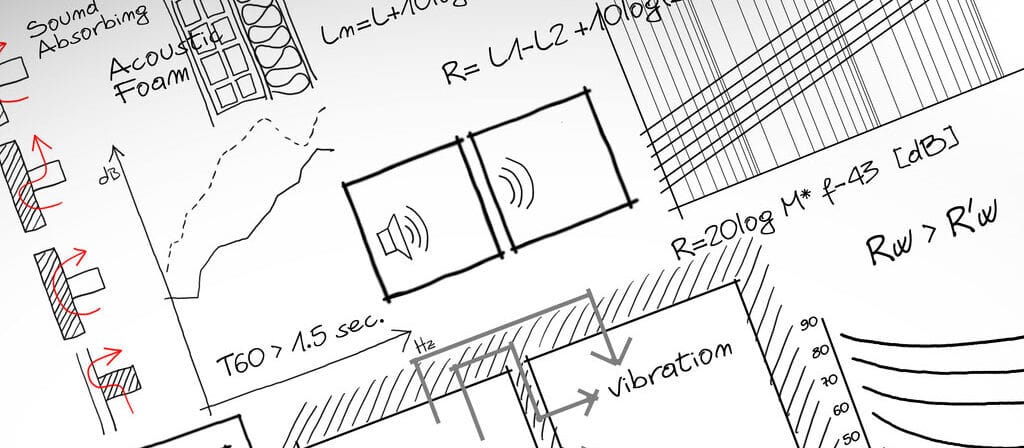What does Norwegian law say about the importance of silencing to protect health and welfare?

Introduction
Soundproofing in rooms is a crucial factor in ensuring a healthy and productive environment, both at home and in the workplace. In Norway, there are specific laws and regulations governing noise conditions, with the Working Environment Act as a key guideline. This article will explore why silencing is important, supported by arguments, legislation and the consequences of too much noise and reverberation in rooms.
Legislation and regulations
In Norway, there are strict regulations relating to noise conditions, especially in workplaces. The Working Environment Act has clear provisions to protect employees from harmful noise. According to the law, the workplace must be organised so that employees are not exposed to health hazards as a result of noise (Working Environment Act).
The regulations NS8175 describe the properties that buildings and rooms should have to facilitate good living conditions. NS is included in TEK and must be followed.
The Norwegian Labour Inspection Authority also has specific guidelines for noise limits. For example, the limit for daily noise exposure is set at 55 decibels (dB) in "noise group 1". There are three noise groups and these are governed by the type of work to be carried out in the area/room. In addition, measures are required if the noise exceeds certain levels, such as reducing the noise at the source, using noise-reducing materials or providing employees with hearing protection.

Arguments in favour of silencing
Health and welfare
Too much noise can have serious health consequences. Sustained exposure to loud noise and long reverberation can lead to hearing damage such as tinnitus, ringing in the ears or permanent hearing loss. There is also a link between noise and stress-related illnesses such as high blood pressure, heart problems and sleep disorders. By implementing effective noise reduction measures, you can prevent these health problems and promote a better working environment.
Productivity and concentration
Noise and reverberation in rooms will disrupt concentration and reduce productivity. Studies have shown that working in noisy environments can lead to increased fatigue, reduced work efficiency and more errors. By reducing noise through soundproofing, you can create an environment that promotes concentration and efficiency, which is beneficial for both employee and employer.
Consequences of a lack of silencing
Health consequences
As mentioned, a lack of soundproofing can lead to serious health problems. For employers, this can result in increased sick leave, higher healthcare costs and, in the worst case, compensation claims if employees suffer permanent injuries. The Norwegian Labour Inspection Authority can also impose fines and sanctions if noise requirements are not met.
Legal consequences
Failure to comply with the Working Environment Act's noise requirements can have legal consequences. Employers have a responsibility to ensure a safe working environment, and failure to do so may result in fines or other criminal penalties. In addition, employees who suffer health problems due to noise can seek compensation, which can be costly for the company.
Practical measures for soundproofing

Material selection
The use of noise-cancelling materials such as acoustic panels, carpets and curtains can significantly reduce noise. Such materials absorb sound and reduce reverberation, making the room more comfortable to stay in. By far the most effective are acoustic panels based on compressed glass wool or other mineral wool (absorbers).
Technological solutions
Modern solutions that use building materials that don't generate noise when hit by other hard objects can also be effective. This includes specially designed floor, ceiling and wall panels, as well as windows and doors with high sound insulation values.
Organisational measures
The employer can organise the work tasks so that the noisiest activities are carried out at times when as few people as possible are disturbed. Noisy machines such as coffee machines, printers, refrigerators, etc. can be moved to a separate room. In addition, routines can be introduced for the use of personal protective equipment such as hearing protection where necessary. There are also laws that limit how long employees can wear hearing protection and noise-reducing headsets, cf. the Norwegian Labour Inspection Authority's rules.
Conclusion
Soundproofing is important not only to comply with Norwegian law, but also to protect the health and welfare of people in the room. The Working Environment Act sets clear requirements for noise levels, and non-compliance can have serious health and legal consequences. Targeted noise reduction measures can ensure a safer, more productive and legal working environment in the workplace.
Sources
- Working Environment Act:
- The Working Environment Act (Act relating to the working environment, working hours and job protection etc. of 17 June 2005 No. 62)
- Specifically section 4-4, which deals with requirements for the working environment, including noise.
- Labour Inspection Authority:
- The Norwegian Labour Inspection Authority's guidelines for noise in the workplace.
- Information about noise limits and measures can be found on the Norwegian Labour Inspection Authority's website: arbeidstilsynet.no
- Health consequences of noise:
- Productivity and concentration:
- Studies and articles showing the link between noise and productivity:
- Articles in scientific journals such as Journal of Environmental Psychology and Noise & Health.
- Summaries and articles on forskning.no: forskning.no
- Studies and articles showing the link between noise and productivity:
- Practical measures for soundproofing:
- Information from suppliers of acoustic solutions, e.g. Norsk Akustikksenter AS and other manufacturers of noise-reducing materials.
- Architects and engineering firms specialising in acoustic solutions may also have useful resources on their websites.
By using these sources, you can get more detailed and specific information to support the different parts of the article.
